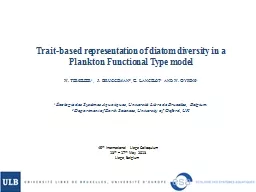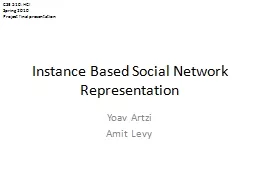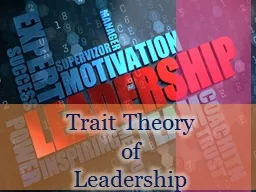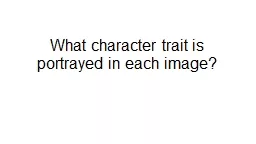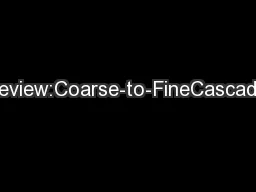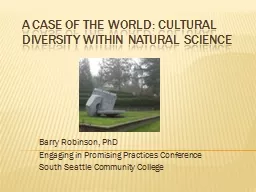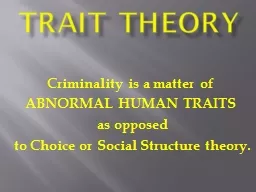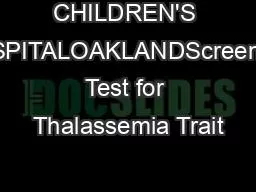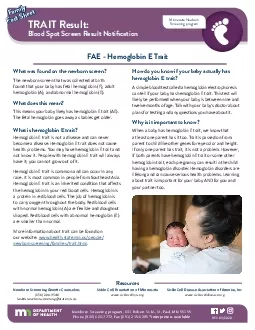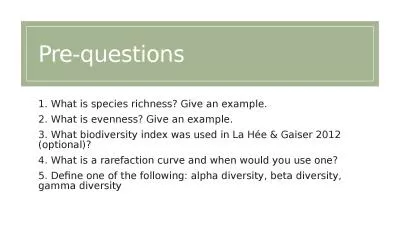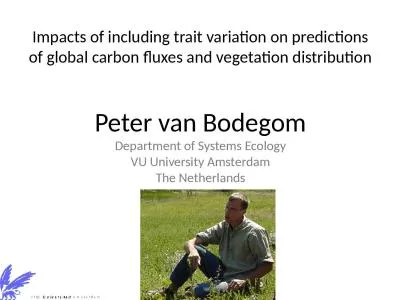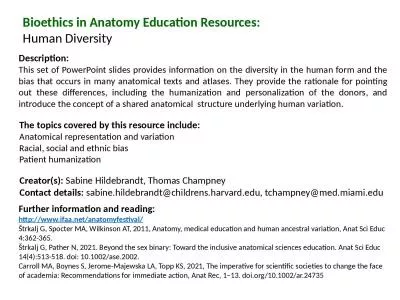PPT-Trait-based representation of diatom diversity in a Plankto
Author : briana-ranney | Published Date : 2016-03-21
model N Terseleer 1 J Bruggeman 2 C Lancelot 1 and N Gypens 1 1 Écologie des Systèmes Aquatiques Université Libre de Bruxelles Belgium 2 Department of Earth
Presentation Embed Code
Download Presentation
Download Presentation The PPT/PDF document "Trait-based representation of diatom div..." is the property of its rightful owner. Permission is granted to download and print the materials on this website for personal, non-commercial use only, and to display it on your personal computer provided you do not modify the materials and that you retain all copyright notices contained in the materials. By downloading content from our website, you accept the terms of this agreement.
Trait-based representation of diatom diversity in a Plankto: Transcript
Download Rules Of Document
"Trait-based representation of diatom diversity in a Plankto"The content belongs to its owner. You may download and print it for personal use, without modification, and keep all copyright notices. By downloading, you agree to these terms.
Related Documents

